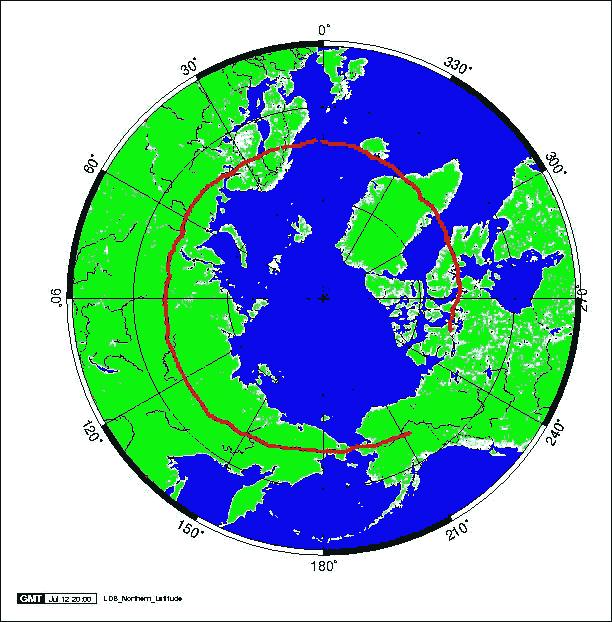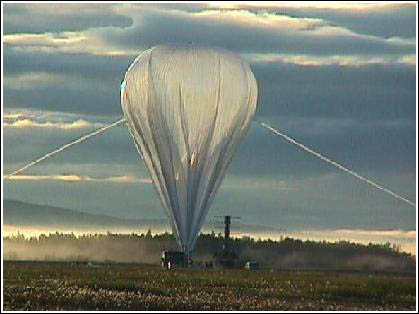Purpose of the flight and payload description
The scientific purpose for the flight was to study electron precipitation from the magnetosphere into the ionosphere. For this project, the University of Washington provided two X-ray imaging cameras. Both cameras used scintillating crystals and photomultiplier tubes to detect X-rays which were produced in the aurora. The University of California at Berkeley provided a high resolution germanium X-ray spectrometer.
Details of the balloon flight

Balloon launched on: 6/29/1998 at 13:58 utc
Launch site: Fort Wainwright, Fairbanks, Alaska, US
Balloon launched by: National Scientific Balloon Facility (NSBF)
Balloon manufacturer/size/composition: Zero Pressure Balloon 800.000 m3 - SF3-424.37-080-NSCR-X-ST
Balloon serial number: W29.47-2X-07
Flight identification number: 454N
End of flight (L for landing time, W for last contact, otherwise termination time): 7/12/1998 at 8:50 utc
Balloon flight duration (F: time at float only, otherwise total flight time in d:days / h:hours or m:minutes - ): ~ 13 d
Landing site: 35 miles NE of Cambridge Bay, Canada
After a failure during the first attempt on June 18, the balloon was succesfuly launched again on June 29, 1998. It ascended to about 120,000 feet of altitude and traveled from east to west around the North Pole. After about two weeks aloft, the flight was terminated on July 12, 1998, over Victoria Island, Canada, and the payload was recovered.
External references
- Balloon Observations of the Aurora University of Washington
- NASA Balloon Flights (1989-1998) in NASA Historical Data Book, Vol. VII: NASA Launch Systems, Space Transportation, Human Spaceflight, and Space Science, 1989-1998
- NASA/LDBP Fairbanks '97 and '98 - Post-flight balloon performance analysis AIAAInternational Balloon Technology Conference - 1999
594If you consider this website interesting or useful, you can help me to keep it up and running with a small donation to cover the operational costs. Just the equivalent of the price of a cup of coffee helps a lot.


